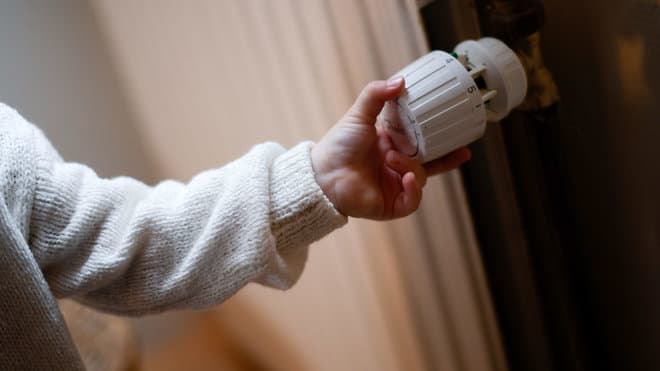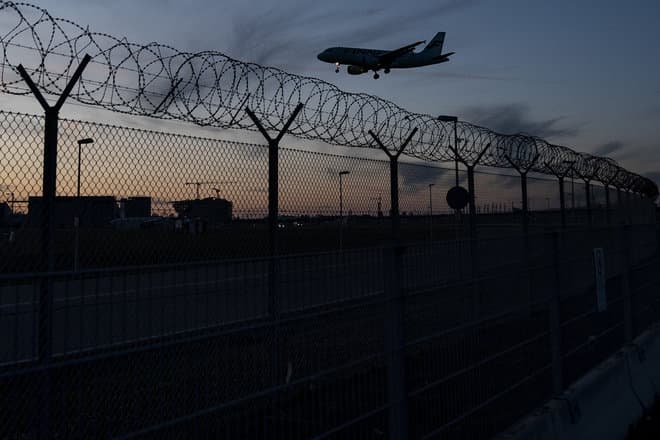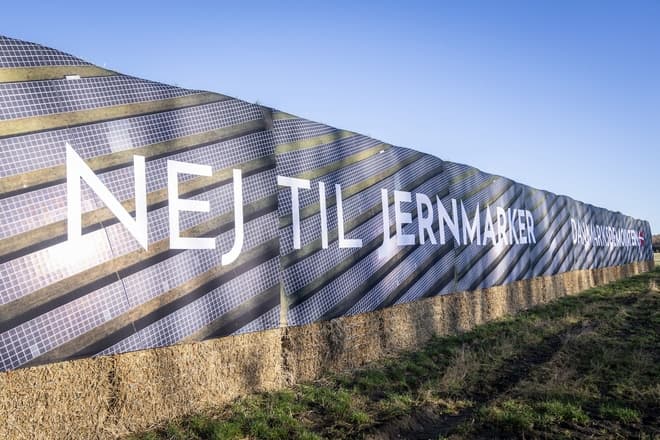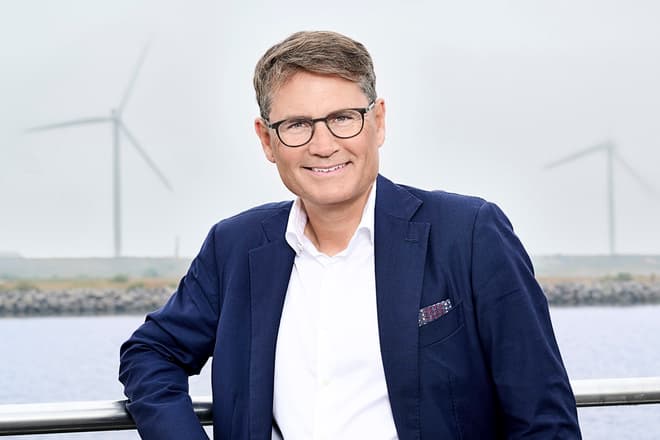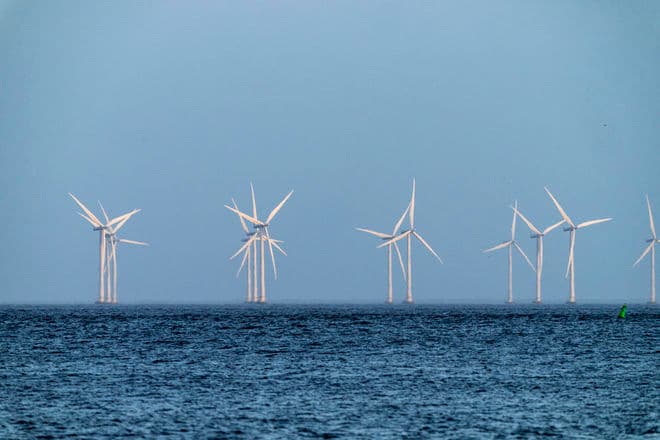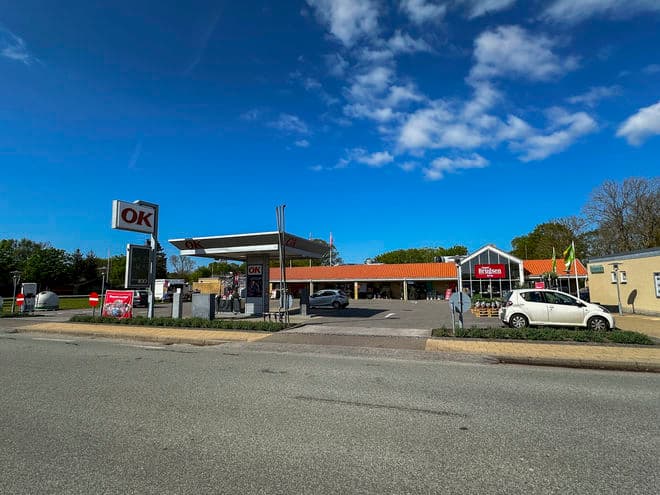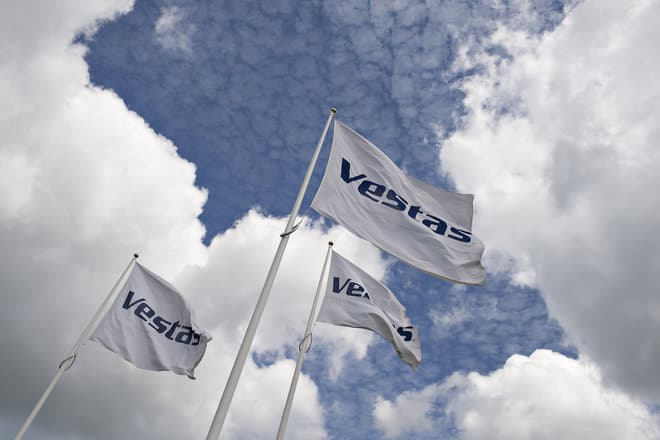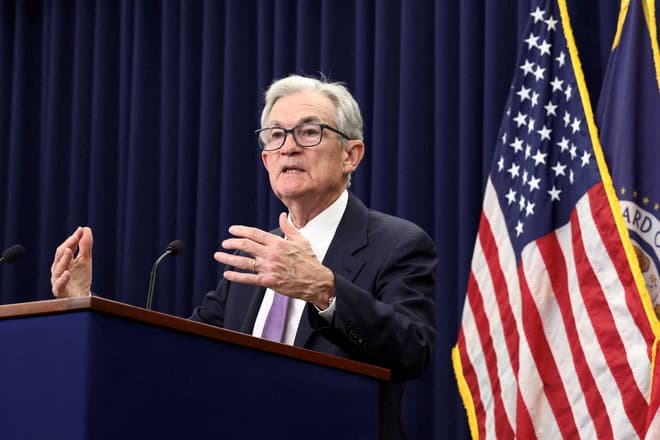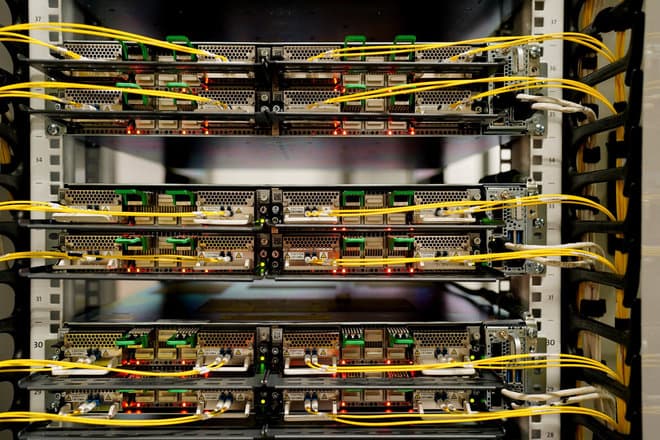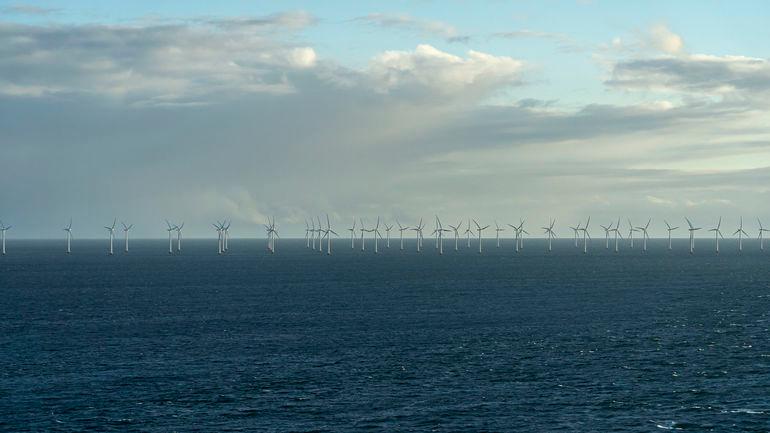
This year, the government will launch a tender for a full nine gigawatts of offshore wind, which will pave the way for a fivefold increase in Danish offshore wind by 2030. Nine gigawatts corresponds to the electricity consumption of approximately nine million households, and Denmark will thus help send green electricity to parts of Europe.
- We have fantastic opportunities for the sea in Denmark, and that is why we are now launching negotiations to expand by nine gigawatts. It is my ambition that we will start those negotiations during March, and hopefully we can put the whole thing out to tender this year, says Climate Minister Lars Aagaard (M).
The nine gigawatts come from, among other things, a climate agreement from June 2022, which a majority in the Danish Parliament supports. The minister will investigate the possibility of whether the wind turbines can be placed closer together, so that more than the nine GW can be installed. This could increase the volume considerably, is the assessment.
- Our assessment is that it is possible. That is, potentially, if we can make a proper model, and the Danish Parliament is on board with it, then it would be my expectation that we can also get more than the nine gigawatts, says Lars Aagaard.
Other track than open door scheme
The construction of offshore wind in Denmark is running on two tracks. Therefore, the tender must be seen in the light of the fact that the second track - the so-called open door scheme - has been put on hold. This is because there is a risk that subsidy-free offshore wind violates the EU's rules on state aid.
The scheme allocates offshore areas to players without payment if they themselves cover all costs in connection with the offshore wind turbines. But unlike in the past, offshore wind has now become big business, and therefore some are willing to pay for the sea areas. Therefore, the question that remains unanswered is whether the government wants to charge for marine areas.
- Well, it's the Danes' money, and I'm green, but I'm also a merchant on behalf of the Danes, says the minister.
- Right now it's about saving as many of the projects as possible. We need to look at whether the scheme as a whole or an adapted scheme can work, and then we'll come back with questions about how it should be set up, including whether a payment model can be created, says Lars Aagaard.
Projects are dying
The Danish Chamber of Commerce has warned that the first projects have begun to fall through. This applies, for example, to a project near Frederikshavn that has been underway for 11 years.
- When you put something on hold, it risks dying. This is not to sound dramatic, but it is the reality. Therefore, a solution for the open door scheme must be found as soon as possible, says CEO of the Danish Chamber of Commerce Brian Mikkelsen in a written comment.
The Council for Green Transition points out that requirements should be set when granting permits to build offshore wind.
- Requirements could be set in connection with the permits. The consortia can choose whether they want to participate or not, and five out of six would like to. It's just a matter of the government getting started, says director Bjarke Møller.
/ritzau/
Text, graphics, images, sound, and other content on this website are protected under copyright law. DK Medier reserves all rights to the content, including the right to exploit the content for the purpose of text and data mining, cf. Section 11b of the Copyright Act and Article 4 of the DSM Directive.
Customers with IP agreements/major customer agreements may only share Danish Offshore Industry articles internally for the purpose of handling specific cases. Sharing in connection with specific cases refers to journaling, archiving, or similar uses.
Customers with a personal subscription/login may not share Danish Offshore Industry articles with individuals who do not themselves have a personal subscription to Danish Offshore Industry.
Any deviation from the above requires written consent from DK Medier.





